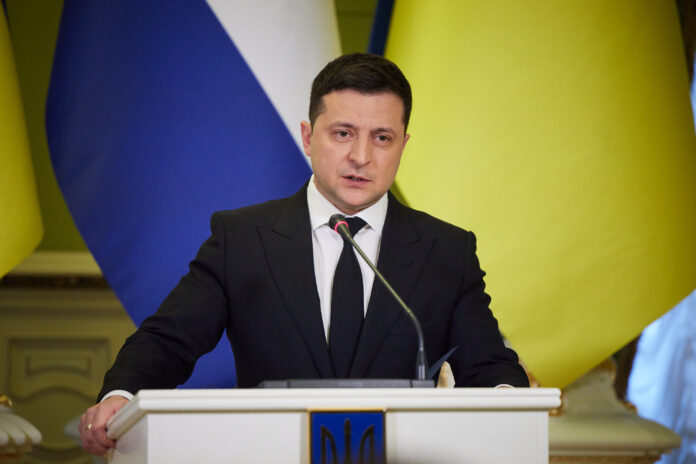The war in Ukraine has entered an explosive new chapter. On the 1,000th day of conflict, Ukraine launched U.S.-made long-range missiles into Russian territory for the first time, targeting a key weapons arsenal—a dramatic escalation that’s sending shockwaves across the globe. Meanwhile, Russia has responded with updated nuclear doctrine, raising fears of how far Moscow is willing to go.
The Latest Developments You Need to Know
- Kyiv Under Threat: The U.S. embassy in Kyiv has been shuttered after “specific information” warned of a major air attack. Residents in Ukraine’s capital endured hours of air raid sirens overnight, with drones and air defenses lighting up the skies.
- Russia’s Nuclear Saber-Rattling: President Vladimir Putin has refined Moscow’s nuclear doctrine, broadening the conditions under which Russia might use nuclear weapons. The U.S., however, maintains that there’s no indication Moscow plans to use nukes in Ukraine.
- North Korea Enters the Fray: South Korean intelligence reports that 11,000 North Korean soldiers are in Russia’s Kursk region, some already fighting against Ukraine. Supplies of long-range artillery and rockets from Pyongyang add fuel to the fire.
- U.S. Anti-Personnel Mines Approved: In a controversial policy shift, the Biden administration has authorized sending anti-personnel mines to Ukraine, despite criticism from human rights groups over their lasting danger to civilians.
U.S. Missiles Change the Game
Ukraine’s strike on Russian soil using U.S.-provided ATACMS missiles marks a significant escalation in the war. The supersonic ballistic missiles, with a range of 300 kilometers (186 miles), hit the Bryansk region, dealing a blow to Russia’s arsenal.
This marks a turning point in the war, as U.S. approval to use these missiles inside Russia signals a departure from previous restrictions. Moscow has called the strike a “new phase of war” by the West, further deepening tensions.
Winter is Coming: Humanitarian Crisis Deepens
The International Rescue Committee warns of a brutal winter ahead for Ukrainian civilians. With temperatures dropping below -20°C and infrastructure crippled by Russian strikes, millions are bracing for hardship. Displaced families and those in frontline regions face freezing conditions without reliable electricity, heating, or water supplies.
“People now have lost their savings and can’t prepare for winter,” said Hasan Kadhim, a coordinator in Ukraine.
Diplomatic Fallout Amid Leadership Shifts
As world leaders gather at the G20 summit, the war in Ukraine looms large. President Biden’s recent approval for Ukraine to strike deep into Russian territory complicates Western diplomatic efforts to de-escalate tensions. Adding to the uncertainty is incoming President-elect Donald Trump, whose stance on U.S. support for Ukraine has raised concerns among allies.
Trump’s transition team has signaled a potential shift in U.S. policy, with Trump himself suggesting he could push Ukraine toward an uneasy truce with Russia. Kyiv fears that losing U.S. backing could tip the scales in Moscow’s favor.
What’s Next?
As Ukraine leverages new weaponry and Russia tightens its grip on nuclear rhetoric, the stakes have never been higher. Will the U.S. and NATO stand firm in their support for Kyiv, or will shifting political tides reshape the war’s trajectory?
What’s Your Take?
Is this escalation the turning point in the war, or are we headed for even greater chaos? Share your thoughts, comment below, and don’t forget to like and share this article to keep the conversation alive!

